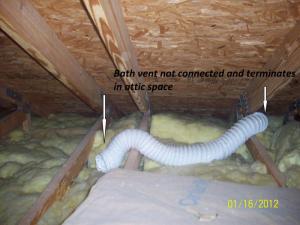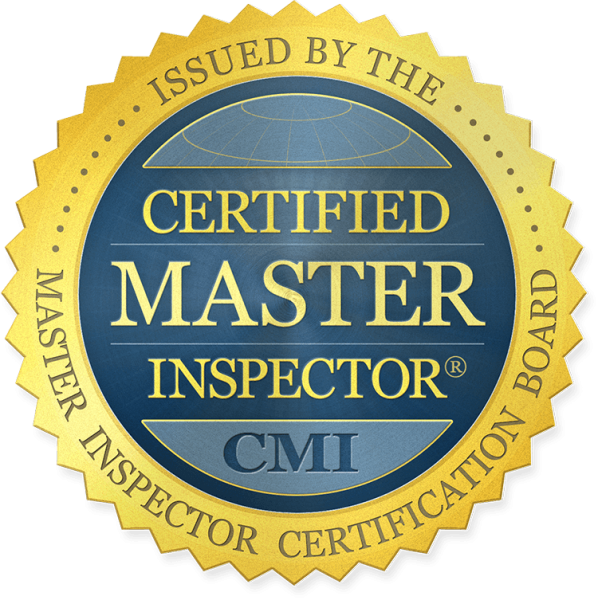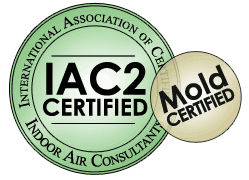Bath Vents in the Attic

As a Charleston, WV Home Inspector, I have the task of checking places in the home that the homeowner rarely or never sees. One of these areas is the attic space. Conditions are rarely desirable up there, so it's no surprise the space gets neglected. One area of concern that I, as a Home Inspector, frequently encounter are the bath vents and exhaust terminations. In the dozens of attics I have inspected, maybe a handful were actually vented properly. Most of them have no duct, or the duct is laying on the insulation not far from the vent itself. This creates an excellent place for unpleasant odors and moisture to build up, then mold to start accumulating. I'm not a scientist, so I'm not sure the exact moisture concentration during a hot shower, but in terms you and I both know-a LOT! This is evident in the foggy mirror after you get out of your shower. And that's what is left behind, not carried into the attic by the vent. And, in the warm summer months, the combined “natural moisture” produced (human perspiration, cooking, cold-to-warm air transfer) adds even more moisture (relative humidity). Warm air is able to retain that moisture in the attic. And Mold is in LOVE with those conditions! Some older homes do not even have a bath vent if they have an operable window, and some codes still allow it. This can add more moisture in the bathroom and the rest of the house, but that's a different topic. The ideal situation is (1) have a vent fan capable of circulating the air in the bathroom about 8 times per hour, (I'll show you how), and (2) routing the duct through the exterior of the home (ideally the roof). Since this can be difficult and/or costly, much can be achieved by routing the duct to a vented soffit or a gable vent in the attic. This should help get the moisture out of the attic and into the atmosphere. And if you have teenagers you are probably adding some percentage to the relative humidity outside!!
Home Inspections in Charleston, WV are not a lot different than in other states, but conditions can vary from climate to climate. Some of my peers in say, Arizona, probably do not have the humidity problems I have seen as a Charleston Home Inspector. I even have constituents in Canada, where the air is cooler and dryer, but bath vents can still present a problem when terminated in the attic.
The bottom line is this: if you want to reduce the mold holding moisture content in your attic, extend your bath vent to the exterior, or as close as possible to the exterior. If you are getting ready to purchase a new bath vent fan, here is how to calculate the size:
Measure floor to ceiling (height)
Measure wall to wall (length)
Measure other wall to wall (width)
Multiply these figures together (HxLxW)
This is volume (cubic feet)
Divide volume by 7.5
It may look complicated, but it's really not. Let's use an example. Let's say we have all 8 foot ceilings in our house. Our bathroom is 6 feet by 9 feet. So we multiply 6x9x8=432.
432/7.5=57.6 (or 58)
We need a vent fan with 58CFM, or more.
Remember to follow all manufacturer's instructions, or hire a professional for the installation of this or any other device.
Michael A Clark
Certified Professional Home Inspector
![]()









